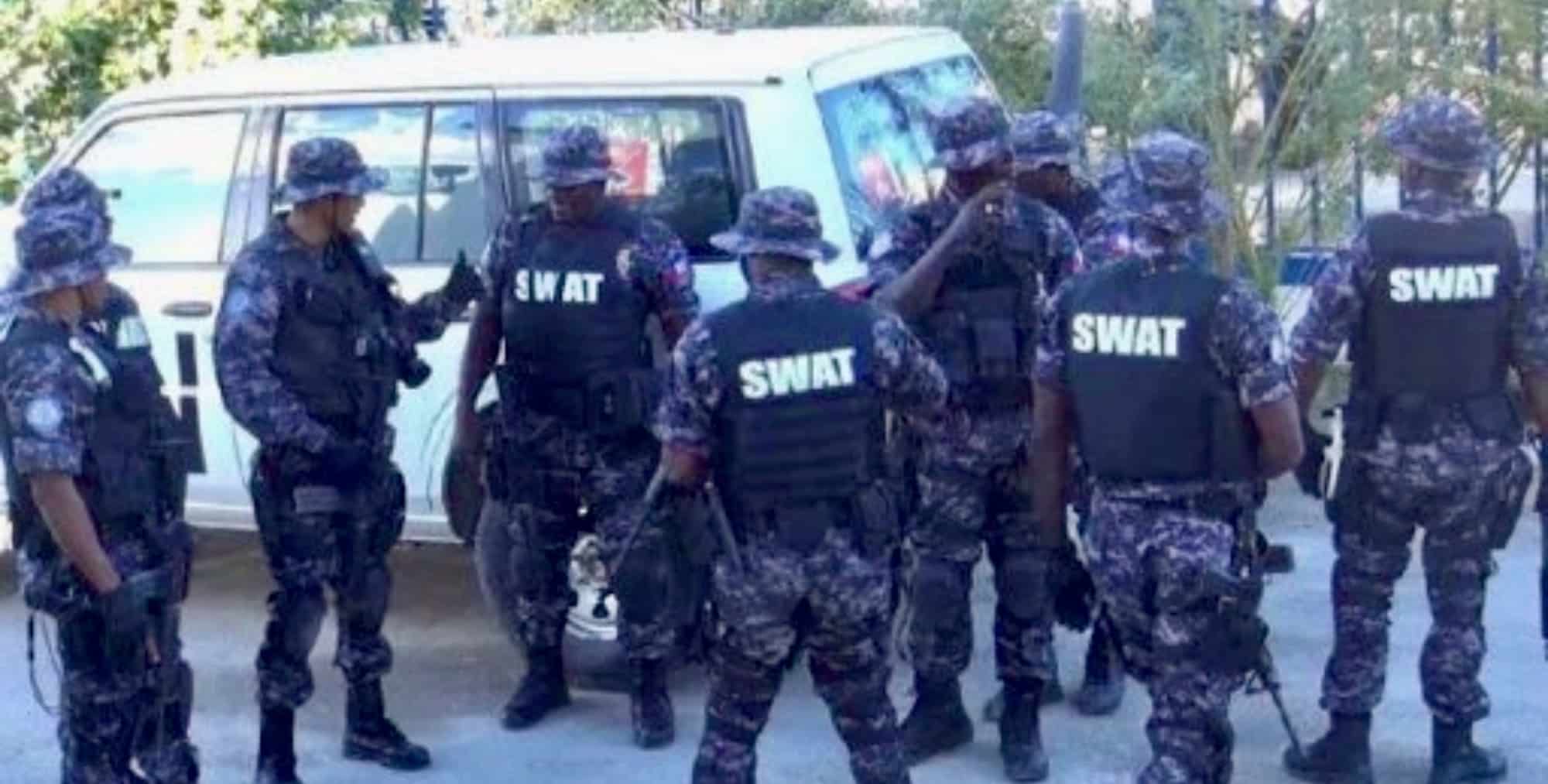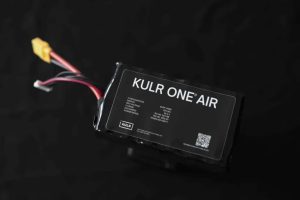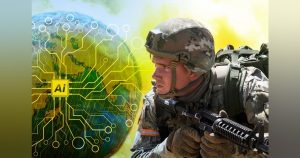Armed Drone Explosion at Haiti SWAT Base: A Stark Wake-Up Call for UAV Protocols
In August 2025, a shocking and tragic event unfolded as an armed drone detonated at a SWAT base in Port-au-Prince, Haiti. This explosion resulted in the death of two officers and left several others seriously injured. The incident highlighted the immediate dangers of drone warfare in urban settings and exposed significant weaknesses in the protocols for unmanned aerial vehicles (UAVs) in conflict zones.
Setting the Stage: Why Drones Are in Haiti
Once renowned for its picturesque beaches and vibrant culture, Haiti has recently become a battleground against heavily armed criminal gangs like the “Viv Ansanm” coalition, labeled as a foreign terrorist organization by the U.S. government. With limited police and military resources, drones have emerged as essential tools for surveillance, targeting, and force projection.
Since March 2025, a task force under Haiti’s prime minister, with advisement from Erik Prince, founder of Blackwater Worldwide, has deployed drones to pinpoint and strike gang locations. While these efforts enhanced tactical capabilities, the lack of coordination with local police contributed to the ensuing disaster.
The Incident: How a Drone Turned Deadly
On August 19, a strike drone, initially targeted at gangs, unintentionally landed without exploding in a field near Port-au-Prince. Local residents transported it to a nearby SWAT base in Kenscoff. As SWAT officers attempted to disarm the device, it exploded.
- Casualties: Two officers died instantly, and six others were injured, with at least two in critical condition.
- Chain of Events: Operated by the task force, not local police, the drone’s hazardous status was not communicated, leading to the tragic misstep.
This incident marks Haiti’s first formal acknowledgment of collateral damage from its counter-gang drone campaign, highlighting the peril of unmanned warfare in unregulated environments.
The Protocol Gaps: What Went Wrong?
1. Lack of Communication & Coordination
- The drone program operates largely in secrecy; local police were not briefed on procedures for dealing with unexploded munitions.
- Erik Prince’s involvement has sparked international concern, emphasizing the risks of outsourcing sensitive operations to private contractors.
2. Faulty Handling & Disposal Procedures
- Guidelines on how to identify and disarm military-grade UAVs were not provided to the public or SWAT officers.
- Lack of warning systems and field training directly led to the fatal confusion.
3. Civilian Exposure
- The uncontrolled landing and civilian intervention underscored the dangers of “smart” weapons in urban settings.
Context: The Human Toll of Gang Violence
The broader situation is dire. Haiti’s capital suffers from unprecedented gang violence:
- More than 5,000 people were killed in the past year alone.
- Over 1.3 million Haitians (10% of the population) have been displaced.
- No leading gang figures have been eliminated, despite drone strikes, though some have reportedly been injured.
This grim scenario reveals the limitations of relying solely on firepower and the need for comprehensive, culturally aware measures.
Lessons Learned: International Implications & Protocol Reform
A Global Issue
The Haiti incident mirrors a global trend: while armed drones multiply, protocols and ethical standards lag behind.
Key Learnings for Policymakers and Drone Operators:
- Communicate operations and risks to all involved parties, particularly first responders and local law enforcement.
- Implement strict protocols for safely retrieving and disposing of unexploded ordnance.
- Provide training for armed forces and civilian agencies on drone recognition and safety.
- Establish visible warning systems for downed UAVs, such as radio beacons or color-coded markings.
- Initiate public education campaigns in conflict zones to prevent accidental handling of dangerous drones.
Regulatory and Practical Gaps
The incident in Haiti shows an urgent need for international standards on:
- Drone operations in populated areas.
- Seamless cooperation between military and civilian authorities.
- The handling and disarming of UAV-borne explosives.
Success Stories and Pitfalls
Elsewhere, well-regulated drone programs with transparent communication have transformed disaster response and anti-poaching efforts. However, the risks of poorly coordinated use, as seen in Haiti, remain significant.
Beyond the Headlines: The Human Side
Fritz Alphonse Jean, part of Haiti’s presidential council, visited the injured, urging resilience and support. Leadership gestures like these must be accompanied by substantive reforms.
Notably, SWAT medics and local hospital staff worked tirelessly to treat the wounded, showcasing their vital role in Haiti’s precarious security framework, often under the threat of gang retaliation.
The Way Forward: Balancing Technology and Humanity
Drones have the potential to be transformative, but their use in critical environments requires more than technical skill. Haiti’s tragedy teaches us:
- Protocol is as crucial as technology.
- Human lives must always take precedence, whether in Port-au-Prince, Kyiv, or Los Angeles.
- Progress results from strong partnerships between technology providers, civil authorities, and communities.
Final Thoughts for Practitioners & Policymakers
- When implementing drone programs in conflict areas, prioritize transparency and regular reviews.
- Engage local police and citizens in ongoing training to save lives.
- Upgrade both technological and communicative “software” to emphasize empathy and responsibility.
Haiti’s story serves as both a caution and an opportunity, challenging us to not only advance our drones but also ensure our protocols are safe, ethical, and humane.













